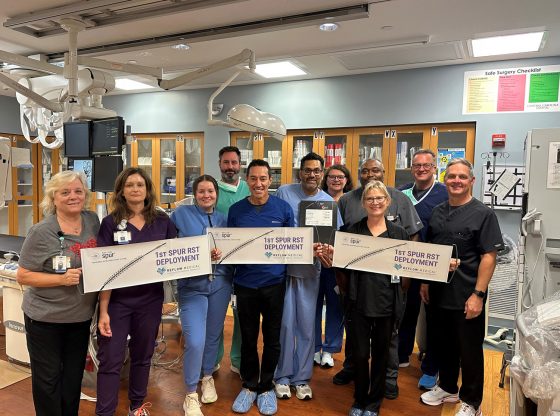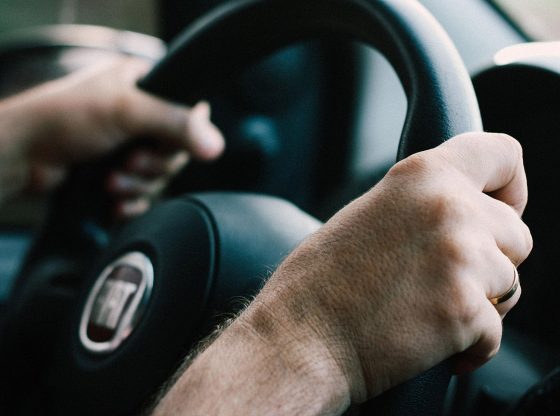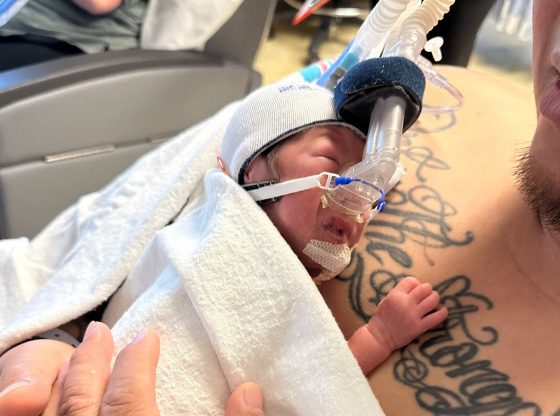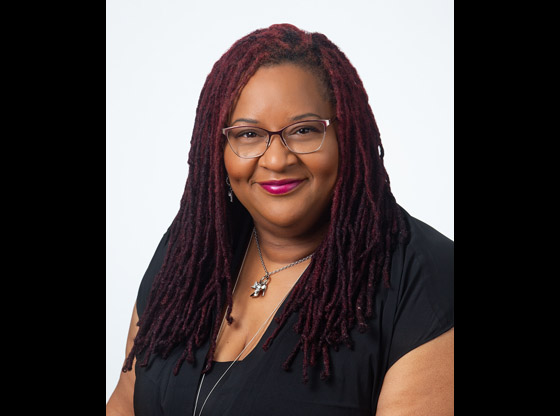There are about 3,500 sleep-related deaths among U.S. babies each year, including sudden infant death syndrome (SIDS), accidental suffocation, and deaths from unknown causes.
In the 1990s, there were sharp declines in sleep-related deaths following the national “Back to Sleep” safe sleep campaign. However, the declines have slowed since the late 1990s – and data from a new Vital Signs report from the U.S. Centers for Disease Control and Prevention shows the risk for babies persists.
“Unfortunately, too many babies in this country are lost to sleep-related deaths that might be prevented,” said CDC Director Brenda Fitzgerald, M.D. “We must do more to ensure every family knows the American Academy of Pediatrics (AAP) recommendations – babies should sleep on their backs, without any toys or soft bedding, and in their own crib. Parents are encouraged to share a room with the baby, but not the same bed. These strategies will help reduce the risk and protect our babies from harm.”
Unsafe Sleep:
For the Vital Signs report, CDC analyzed Pregnancy Risk Assessment Monitoring System (PRAMS) data to describe sleep practices for babies. PRAMS, a state-based surveillance system, has monitored self-reported behaviors and experiences before, during, and after pregnancy among women with a recent U.S. live birth since the late 1980s.
CDC examined 2015 data reported by mothers about unsafe sleep positioning, any bed sharing, and use of soft bedding from states with available data. Unsafe sleep positioning means placing the baby on his or her side or stomach to sleep. Soft bedding includes pillows, blankets, bumper pads, stuffed toys, and sleep positioners.
In 2015, within states included in the analysis:
~About 1 in 5 mothers (21.6 percent) reported placing their baby to sleep on their side or stomach, more than half of mothers (61.4 percent) reported any bed sharing with their baby, and 2 in 5 mothers (38.5 percent) reported using any soft bedding in the baby’s sleep area.
~The percentage of mothers who reported placing their baby on his or her side or stomach to sleep varied by state, ranging from 12.2 percent in Wisconsin to 33.8 percent in Louisiana.
~Placing babies on their side or stomach to sleep was more common among mothers who were non-Hispanic black, younger than 25, or had 12 or fewer years of education.
~Safe Sleep.
Safe sleep practices recommended by the AAP include:
~Placing the baby on his or her back at all sleep times – including naps and at night.
~Using a firm sleep surface, such as a safety-approved mattress and crib.
~Keeping soft objects and loose bedding out of the baby’s sleep area.
~Sharing a room with baby, but not the same bed.
Contributed


















